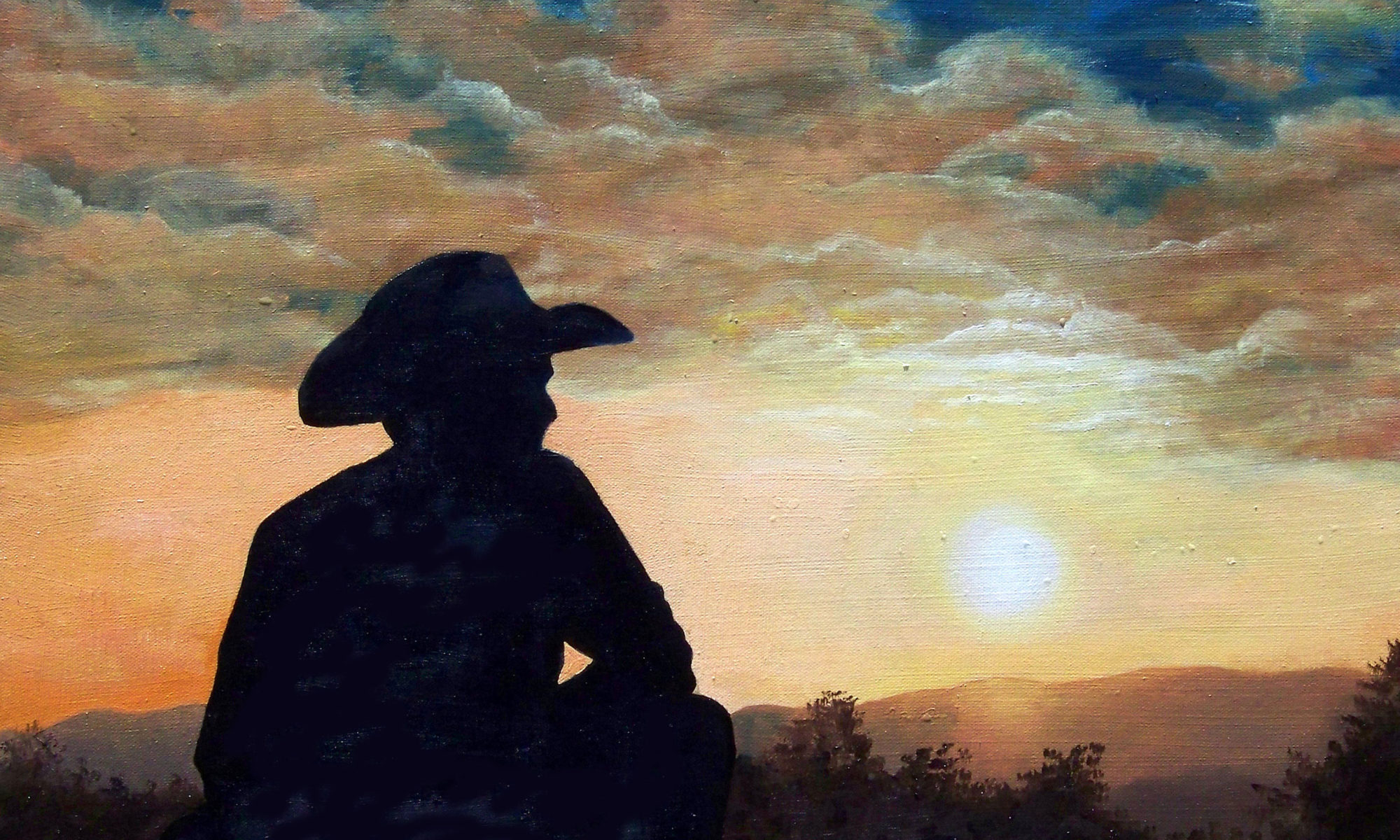The Grid Enlarging Technique
Grid enlarging is a simple technique used by artists every day to create sensational works of art. The best part is that it doesn’t require advanced drawing skills to obtain remarkable outcomes using this method. You’d be surprised to learn that many of the world’s greatest oil painters are not skilled in drawing. They compensate for this by using the grid enlarging technique to start their paintings. What grid enlarging does is to help the artist transfer a smaller image onto a larger canvas, capturing as much detail as desired. Ultimately their paintings become beautiful works of art
What exactly is grid enlarging?
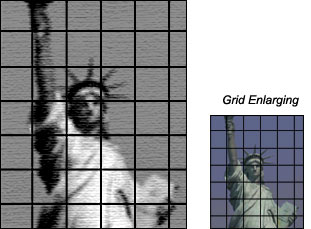 A grid is a series of equally spaced horizontal and vertical lines that intersect to form a boxed pattern. It serves to divide the original image into smaller blocks to see what goes where more easily. Grid enlarging can be a valuable exercise in helping to improve your drawing and observational skills.
A grid is a series of equally spaced horizontal and vertical lines that intersect to form a boxed pattern. It serves to divide the original image into smaller blocks to see what goes where more easily. Grid enlarging can be a valuable exercise in helping to improve your drawing and observational skills.
Grid enlarging is the process of using a grid to precisely copy and enlarge a smaller image onto a larger canvas. Artists use this technique regularly as part of preparing their canvases for painting. It entails drawing a grid on your reference image and then drawing another grid on your canvas of equal or greater proportion. Then, one square at a time, you draw the picture onto your canvas, concentrating on the contents of each square until the image is complete.
5 Easy Steps to Grid Enlarging
Step 1: Select your reference photograph and use a viewfinder to isolate the section you want to paint. Next, you will need to determine the proportions of your composition. It is important that the image and the canvas be in the same proportion. For example, a composition that measures 4″ x 5″ is the same proportion as a 16″ x 20″ or 24″ x 30″ canvas. If your canvas is 12″ x 16″ or 18″ x 24″, then you will need to crop your reference photo to 3″ x 4″ or 6″ x 8″.
Smart tip: For detailed information about what a viewfinder is and how to use one, see the article titled "Making and Using a Viewfinder to Compose Better Paintings."
Step 2: The most important thing to keep in mind when drawing your grid is it must be in a 1-to-1 ratio. The size of your reference photo must always be equal in proportion to the size of the canvas. Failing to follow this principle will result in a distorted drawing. Equally important is the lines must be evenly space both vertically and horizontally, intersecting to form perfect squares.
Smart tip: After you have drawn your grids on both your reference photo and canvas, count the number of squares in each row and column on your canvas. It should be the same amount as the ones in your picture.
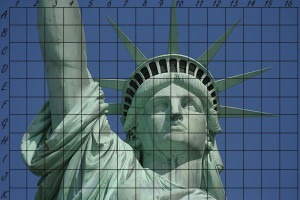 Step 3: Use a pencil and ruler to carefully measure and mark along the outside edge of the photo. Put tick marks at every inch, half-inch, or quarter inch, depending on the size of your reference image and how much detail you need to transfer. Then carefully connect your marks by lightly drawing your grid directly onto the image.
Step 3: Use a pencil and ruler to carefully measure and mark along the outside edge of the photo. Put tick marks at every inch, half-inch, or quarter inch, depending on the size of your reference image and how much detail you need to transfer. Then carefully connect your marks by lightly drawing your grid directly onto the image.
Draw the grid lightly so that it can be easily erased once you’re finished. If you don’t want to draw on your photograph, you can tape a piece of clear acetate over your picture and then draw your grid on it using a very fine-point Sharpie marker.
Smart tip: Use a mechanical pencil to draw your grid. A mechanical pencil produces a very thin and precise line.
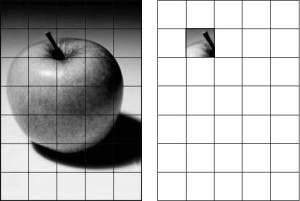 Step 4: Begin your transfer by drawing everything you see in one block of the reference photograph into the corresponding block on your canvas. Concentrate on one square at a time until it is fully completed, then proceed to the next square. Disregard squares you’re not working on until you come to them. The reason you should focus on only one square at a time is so that you will end up drawing what is actually there—what your eye sees—rather than what you think should be there.
Step 4: Begin your transfer by drawing everything you see in one block of the reference photograph into the corresponding block on your canvas. Concentrate on one square at a time until it is fully completed, then proceed to the next square. Disregard squares you’re not working on until you come to them. The reason you should focus on only one square at a time is so that you will end up drawing what is actually there—what your eye sees—rather than what you think should be there.
Copy all the details you see in that one little block on the photo to its corresponding block on your canvas. Be sure to include the shadows and highlights too. Continue this process one block at a time until all the blocks have been drawn onto your canvas. When you have finished that last block, you will have a very close rendering of your reference photo.
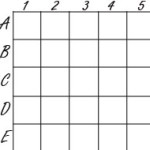 Begin your drawing with the top left square (A1) and proceed across and down the canvas, moving row by row and column by column, until your detailed drawing is complete. Pay careful attention to make sure you are in the correct square, or your drawing will be off, and you will have to erase some of the drawing and start over from the point where you went off-grid.
Begin your drawing with the top left square (A1) and proceed across and down the canvas, moving row by row and column by column, until your detailed drawing is complete. Pay careful attention to make sure you are in the correct square, or your drawing will be off, and you will have to erase some of the drawing and start over from the point where you went off-grid.
An excellent way to keep your blocks straight is to label them numerically and alphabetically along the edges of the photo and canvas. The first block on your canvas located in the top left corner would be block A1. The next one to the right on the same row would be block A2, and so forth. This technique will prevent you from losing your place, particularly in larger paintings.
Smart tip: Use a thin piece of sharpened charcoal instead of a pencil when transferring your drawing. The advantage of charcoal over pencil is that charcoal can be easily wiped off with your finger, kneaded eraser, paper towel, or rag, whereas pencil lead requires more effort to erase. Spray with a fixative to keep your charcoal drawing from rubbing off when you finish your drawing.
Step 5: Once you have transferred the entire image onto the canvas, carefully remove the grid lines and start painting.
A helpful online tool you can use to draw your grids is ArtTutor. Here is the link.
You May Also Like
FROM THE EDITORS: We hope you enjoyed this blog about grid enlarging and found it’s information to be useful. We’re sure you’ll enjoy the paintings below too. For more information and details, click or tap the thumbnail link.
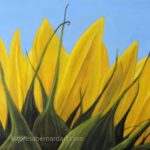
20″ w x 16″ h
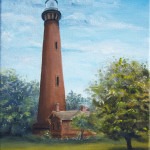
11″ w x 14″ h

(2022)
30″ w x 24″ h
Art Gallery Quick Links
Flowers | Landscapes | Marine | People
Space Art | Still Life | Wildlife
Additional Reading
Making and Using a Viewfinder to Compose Better Paintings
The Importance of Varnishing Oil Paintings
You can find more details on this subject and many others in My Artist Blog Index. Check it out!
Thanks for reading this!
Feel free to share this with your friends.
